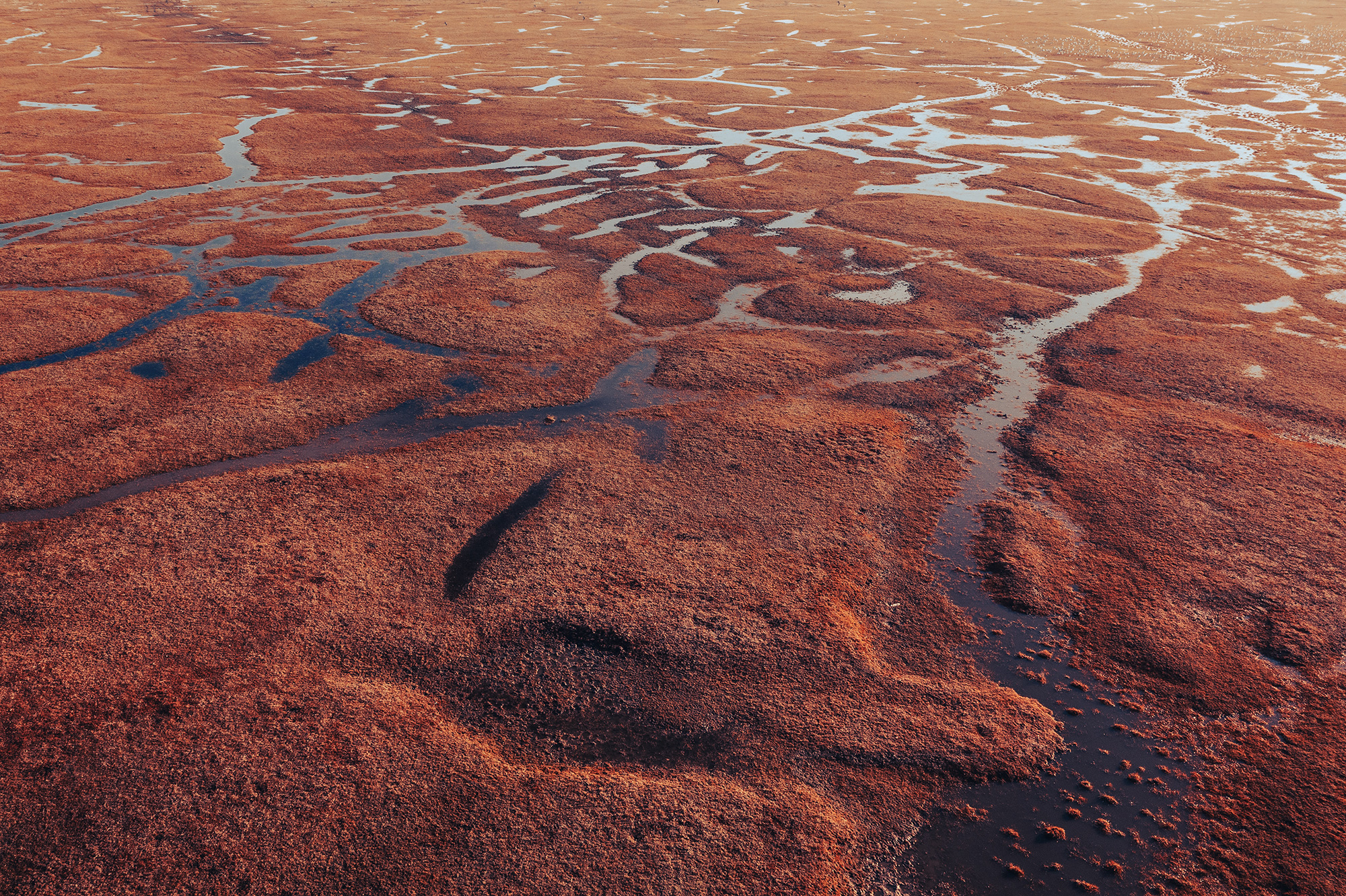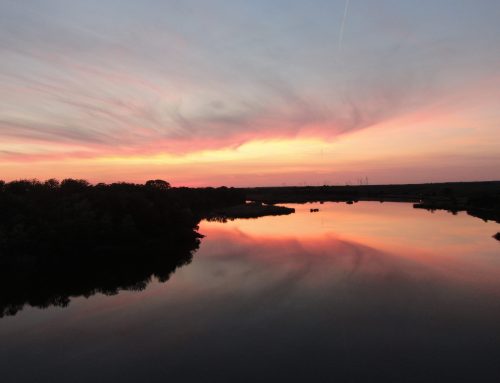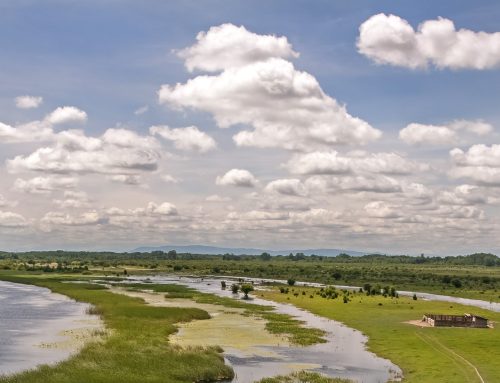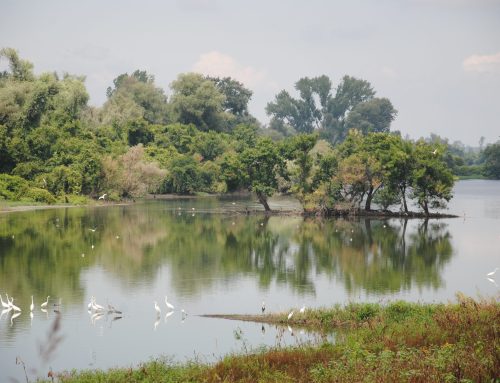Peatlands are unique ecosystems, playing a crucial role in preserving biodiversity and reducing the greenhouse effect. They are specific because of their high capacity to sequester carbon dioxide and water and for their singular vegetation, such as the Sphagnum moss that can retain massive quantities of water.
The Amalva Peatland, located in the South of Lithuania and belonging to the Žuvintas nature preserve, faced years of issues with desiccation due to peat extraction and farming, including intensive drainage dating back to early 20th century.
The problem arose during the Soviet period, when a dense network of drainage canals and pipes was constructed for the purposes of extracting peat, and farming. Abandoned now, these drainage systems violated the natural circulation of water and the peat’s moisture retention capacity. This caused soil desiccation and the progressive degradation of the Amalva peatland, reducing water and peat levels. Over time, peat surfaces became covered in forests and bushes. Decomposing the top layers of peat, functioning as a gas repository, contributed to a rise in the greenhouse effect and a significant reduction of biodiversity.
Many animal species, such as the black grouse (Tetrao tetrix), common crane (Grus grus), great grey shrike (Lanius excubitor), and other wetland birds, were under threat. The desiccation of the peatland reduced groundwater levels, causing the vegetation to transition from wetland types to forests. This, in turn, threatened mosses from the genus of Sphagnum and other plants indigenous to the area, such as the tussock cottongrass (Eriophorum vaginatum), marshberry (Vaccinium oxycoccos) and roundleaf sundew (Drosera rotundifolia). The peatland was greatly degraded, and the natural water regime was devastated.
It took six years to restore the Amalva peatland in Lithuania, with European Union support. Implemented through a series of tightly planned measures – such as the restoration of natural water levels by blocking the drainage canals, clearing trees and bushes and renewal of typical peatland vegetation – peatland mosses, tussock cottongrass, roundleaf sundew, and other plants. This brought about an improvement in hydrological conditions, water circulation through the soil, and the peat’s water retention capacity, and it is expected that the vegetation will return to plant communities typical of these areas.
The sensitive ecosystem of Amalva peatland was restored thanks to these activities, and greenhouse gas emissions were reduced. Peatland restoration also positively impacted populations of rare and protected animal species – black grouse and great grey shrike.
The local community played an important part in this endeavour. Citizens participated in planning activities and clearing forests, trees, and bushes, and they were additionally motivated to do this by information campaigns concerning the importance of this wetland habitat.
Due to all of the above, the Amalva peatland restoration represents a best practice model in protecting and restoring degraded wetlands that can serve as inspiration for future projects focusing on the preservation of these crucial ecosystems.
“It’s not just a pond” campaign is implemented with the financial support of Sweden, represented by the Swedish International Development Cooperation Agency (Sida), within the “EU for Green Agenda in Serbia” project. This initiative is implemented with the technical and financial support of the European Union and in partnership with the Ministry of Environmental Protection by the United Nations Development Programme (UNDP), in cooperation with Sweden and the European Investment Bank (EIB), with additional funding provided by the governments of Sweden, Switzerland and Serbia.
Photo: Provincial Institute for Nature Protection archive




